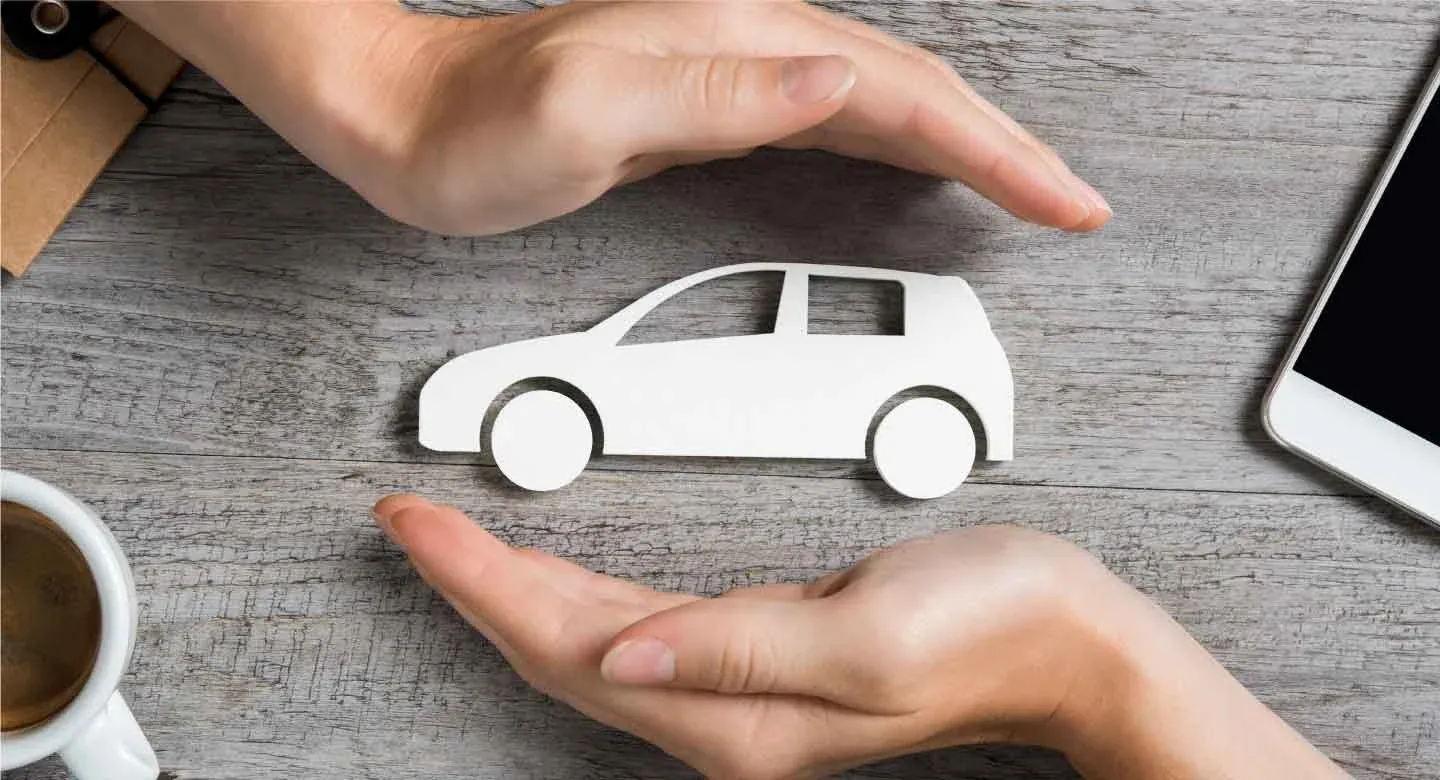Learn how depreciation impacts your car insurance claim amount and how a zero depreciation add-on can save you from out-of-pocket expenses.
How does depreciation affect your car insurance claims?
Buying a car comes with responsibilities—one key obligation is securing auto insurance. While insurance may offer significant protection, it's important to understand how depreciation can impact your coverage and claims.
In reality, depreciation is a little but significant factor that can significantly reduce the amount you receive when you file a depreciation car insurance claim. Let's discuss what it is, how it functions, and how to handle it.
What does car insurance depreciation mean?
Every car loses value as soon as it is driven, regardless of how costly or well-maintained it is. This slight decrease in value is referred to as depreciation.
Depreciation affects how much you get paid by your insurance company when a depreciation car insurance claim is filed. In conclusion, if your vehicle or any of its parts are older, you will be paid less for repairs or replacements.
The impact of depreciation on your car insurance claim
Let's dissect it using a straightforward example:
Imagine a tiny mishap that compromises your car's front bumper. The garage quotes ₹10,000 for a new one. But your insurance company does not just award the whole amount upon claim submission.
Why? You don't have a new bumper. It's getting older. For example, insurance companies might lower the claim for a plastic bumper by 50%. Therefore, they will only cover ₹5,000 rather than ₹10,000, and you will be responsible for the remaining amount.
Doesn't that sound annoying? This situation is indeed frustrating, especially if you were expecting full coverage.
Your car's age is also important.
Assume that your vehicle is only a few months old. In this case, the insurance will deduct a small amount of depreciation during a claim. However, the insurance will lower your depreciation car insurance claim by a significantly larger percentage, sometimes even up to half the amount, if your car is, for instance, four or five years old.
Here's a straightforward way to think about it:
● Is your vehicle new? Minor deductions.
● The deductions will be more if your car is a few years old. Depreciation resulted in a greater deduction.
Therefore, unless you take action, the older your car gets, the less you will receive in a claim.
The items most impacted by depreciation
When it comes to depreciation, not every car component is given the same treatment. Here's a brief synopsis without the technical terms.
● Rubber and plastic components: They suffer the most. Anticipate a deduction of approximately 50% of their cost.
● Fibre components: Although they perform marginally better than rubber and plastic components, fibre components nevertheless depreciate significantly.
● Metal components: As your car ages, these lose value.
● Paint and wood components: Depending on how old the car is, paintwork and wooden fittings are also deducted.
In essence, you won't receive the entire value of the part back unless it is brand new.
Example from real life: let's discuss numbers
Consider this scenario: While you are parking, your three-year-old vehicle collides with a wall. Among the damages are:
● ₹12,000 for a cracked bumper
● A metal panel that is dented (₹15,000)
● Rubber linings torn (₹3,000)
The estimated total cost of repairs is ₹30,000.
Depreciation now takes effect. Your insurance company lowers the claim by 50% for plastic components.
● Metal panels cost 40%.
● 50% goes towards rubber parts.
How does that affect your pocketbook?
Even though you believed your insurance covered everything, you might be spending between ₹10,000 and ₹12,000 of your funds.
How to prevent depreciation-related financial losses
The good news? By choosing a wise add-on known as Zero Depreciation Cover, you can completely prevent these deductions.
This coverage guarantees that, regardless of depreciation, your insurer will cover the full cost of replacing damaged parts.
Let's go back to the previous example. You would probably only have to pay a small mandatory deductible (often ₹1,000–₹2,000) if you had zero depreciation coverage, and the insurer would take care of the rest. Your savings will be far less affected as a result.
Should you choose zero depreciation coverage every time?
Not always, but it makes a lot of sense if:
● Your vehicle is less than five years old
● You frequently travel through locations with high traffic.
● There are pricey parts or accessories on your car.
During a depreciation car insurance claim, you don't want any surprises. Yes, there will be a slight increase in the premium. However, it's worth it for the majority of automobile owners, particularly when you weigh the additional price against the ₹10,000–₹15,000 you can lose in a single collision.
What happens if my vehicle is over five years old?
Many insurance companies restrict zero-depreciation add-ons to cars under the age of five. Some insurers are now offering more comprehensive versions of this add-on, but they may have extra costs or limits.
Make sure you know how much depreciation could impact your claim if your automobile is older and you are unable to obtain zero depreciation coverage. You can steer clear of the subsequent "Why didn’t I know this earlier?" moment with this understanding.
Depreciation is more than just a fancy word that appears in your auto insurance policy. When you make a claim, it's something that can actually make a difference.
Even if your policy is active and legal, you may still have to pay a significant portion of the repair bill if you don't have zero depreciation coverage.
Zero depreciation is an appropriate add-on that protects you from unexpected out-of-pocket expenses. The cost of peace of mind is minimal.
Don't only select the cheapest price when you renew your auto insurance the next time. Consider the most important items, such as how much you will receive in the event that something goes wrong. Being alert now can save you a lot of trouble later.

Car Insurance Quote


